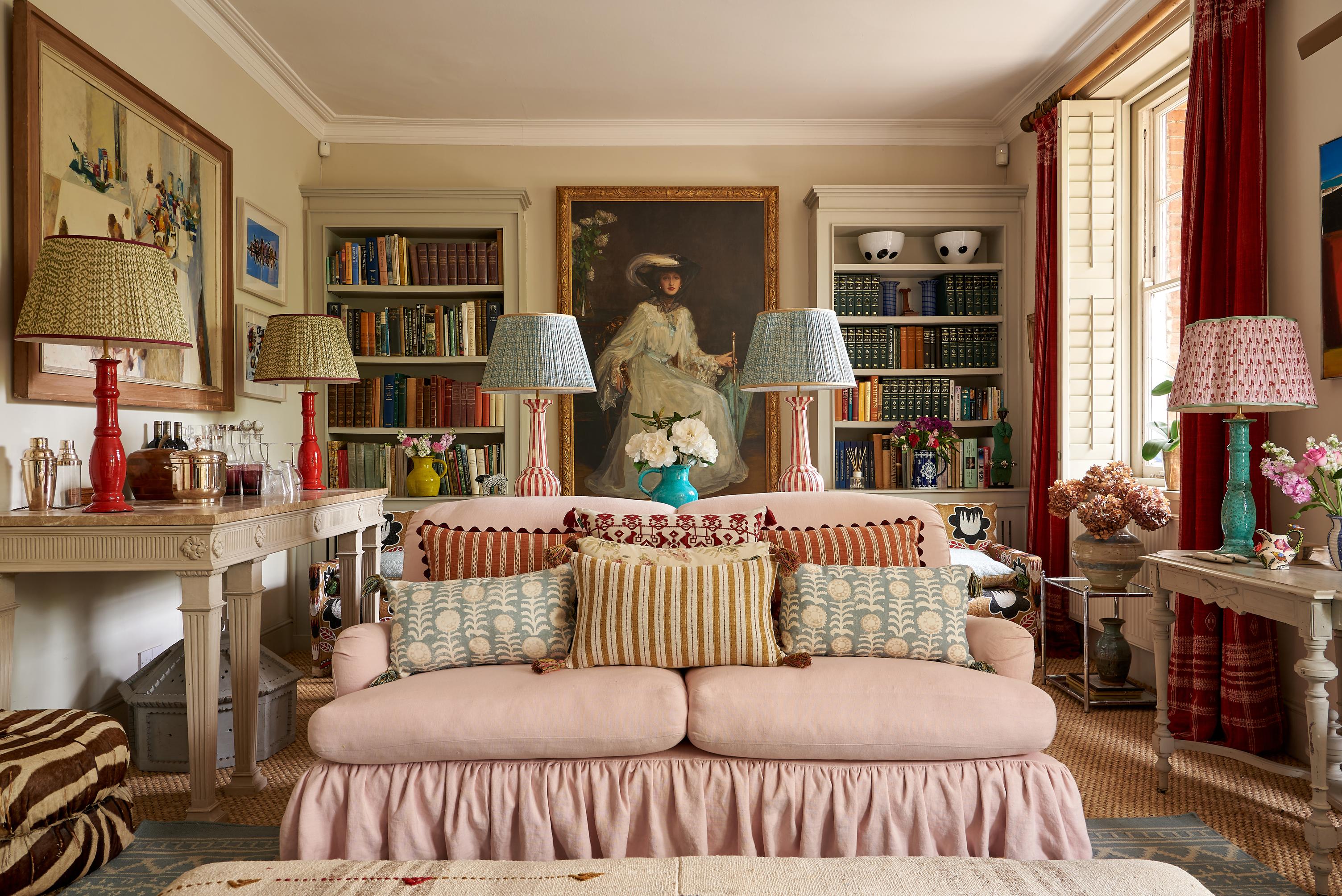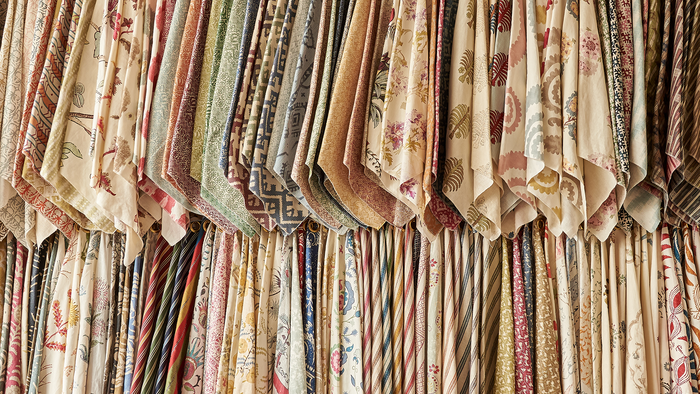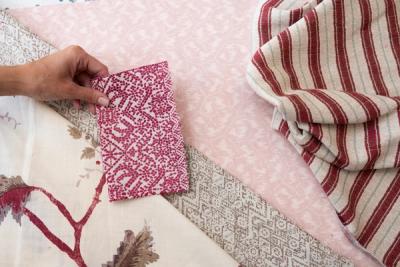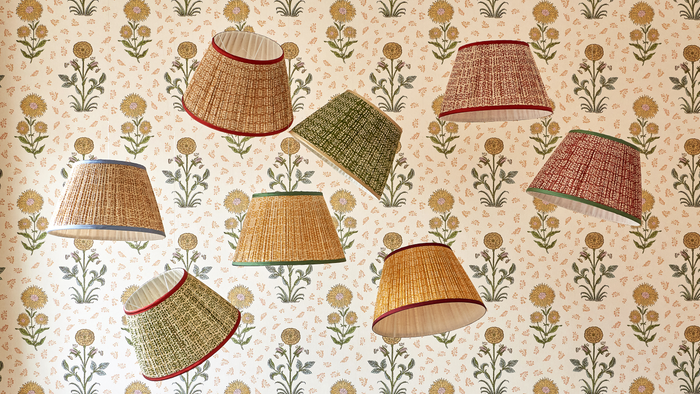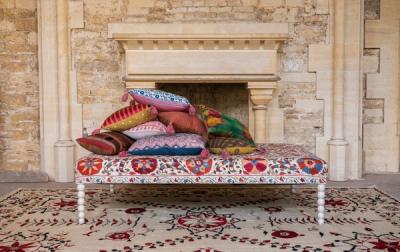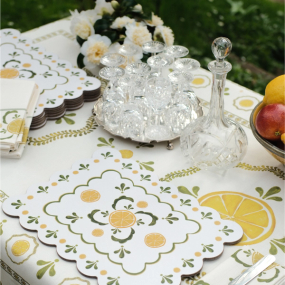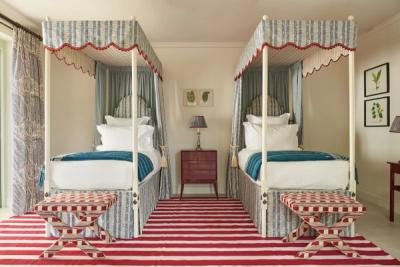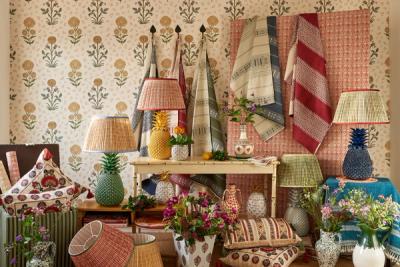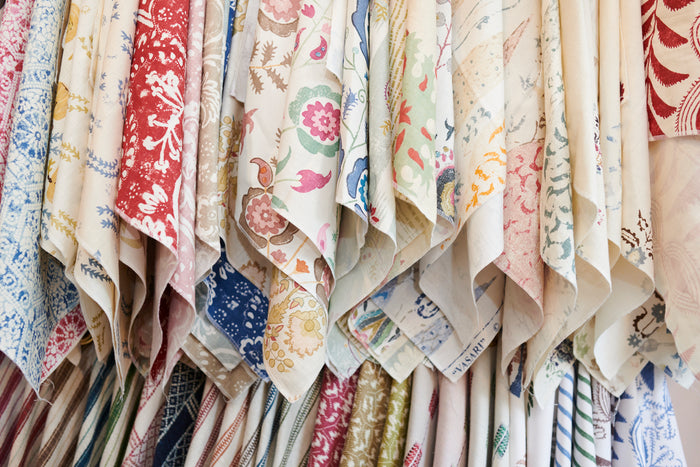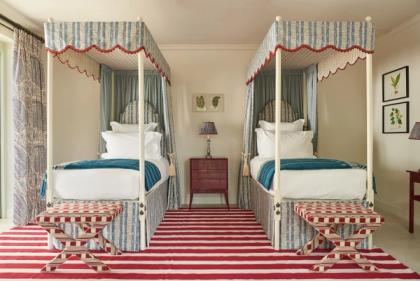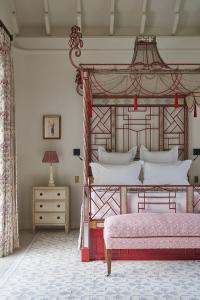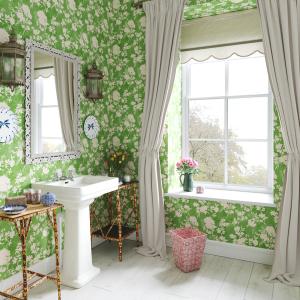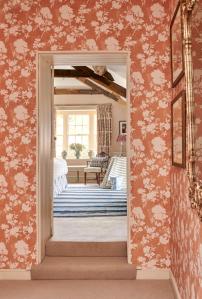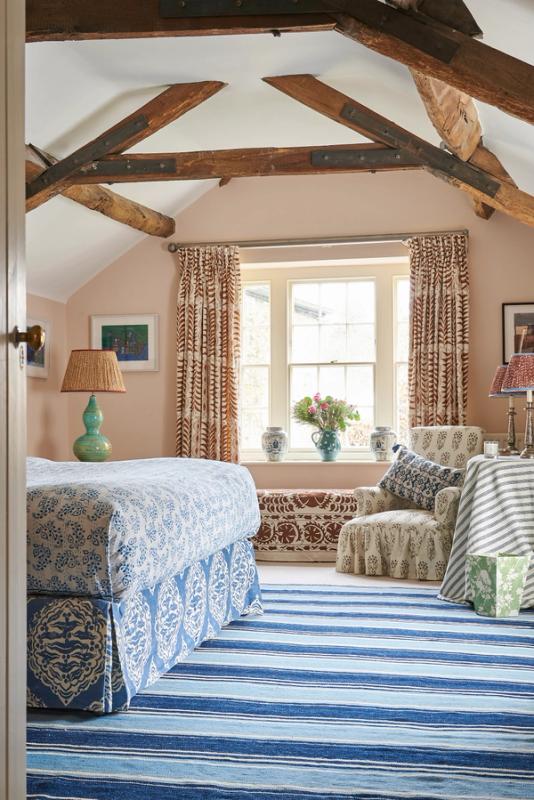
How to Choose the Right Rug
We love a good rug. Big, small, runner, area, bedroom, living room…a space in desperate need of a rug of its own is about as obvious as an unpainted wall, a window without curtains, or a bed without bedding.
True, most of us invest a lot of money into our flooring. A large, open expanse of flooring doesn’t necessarily need to be considered an interior design faux pax, but it can always be considered an open invitation to invest in a rug. Think of that large expanse as you would a blank wall. On its own, it makes a statement; it’s minimalism incarnate. But, ultimately, is it not just a worthy excuse to buy another art piece?
But, like choosing any other major element for the home, the ‘perfect choice’ rarely falls straight into our laps.
You can browse our full range of decorative rugs here — but keep reading to find out exactly what your search should entail.
What is the Rug’s Role?
Zoning
A lot of people use rugs to demarcate a particular area in a room – say, in the living room, the main ‘seating area’ closed off by the way the furniture is arranged. This sounds simple enough, but there’s an art to effectively blocking off one section of flooring.
For starters, it’s best to avoid getting the size of the rug to exactly match the size of the space marked off by the furniture.
By this, we mean that a runner that lines up perfectly with the back of a sofa can look a little bit too engineered. A rug that reaches beyond that border by at least a few inches will look more natural, and the space will have a greater sense of dimension. It will also prevent that part of the room from feeling too closed-off, which just makes a more welcoming scene all-round.
You can also amplify this effect with the right decorative lighting, by layering it throughout the room and focusing more light on specific areas.
Bordering
The same goes for two other key areas of the house – the bedroom and dining room. It’s common practice to place a rug under both the dining table and the bed but, to really pull this off, it’s worth investing in a rug large enough to overlap the edges of these pieces by a good couple of feet.
At the dining table, this means that you won’t find your chairs constantly catching on the rug’s edge when they are pushed in and out of the table. You also won’t have to suffer the discomfort of having the front two legs on the rug, and the back two legs off it.
Running
If, on the other hand, your rug is acting as more of a runner, covering a narrower space like a hallway or landing, then it’s generally a lot more effective if it’s as wide as possible – without, of course, butting up against the skirting board. We don’t want our rugs to look as though they’re pretending to be carpet – or, worse still, to curl up at the sides to accommodate a small space.
Too narrow, however, and you’ll have your guests walking the catwalk (or plank) to get from one end of the house to the other. We don’t want our feet hanging off either side of the rug’s edge.
Natural or Synthetic
Many rugs are woven from natural wool fibres – or other natural fibres like silk – while others are made from synthetic alternatives like nylon or acrylic. The synthetic options are generally cheaper, but they don’t last anywhere near as long as a well-cared for natural fibre.
Some people are initially worried about the absorbency of wool (when compared with a plastic fibre) but, in actual fact, the oils naturally found on wool fibres are excellent for repelling dirt and stains.
This, combined with the fact that they’re just capable of lasting longer than rugs woven from synthetic fibres, often means that they’re the obvious choice for the home.
Colour and Pattern
We’re not the sort to shy away from organising a room around a statement pattern – something that offers a true statement and makes the very most of an expanse of flooring waiting to be turned into something more exciting.
Ultimately, your choice should come down to your existing décor. Rugs are often introduced after the major pieces of furniture have already been chosen – although that’s not to say you can’t go off piste and build an entire room around a statement rug. Knowing whether your rug and furniture will clash or complement each other comes down to instinct, for the most part, and a little of the interior designer’s ‘rub of the green’.
Generally, look for two or three colours that unite the rug and the furniture. Even if their main colours are contrasting, having those extra colours in common will be very effective at tying everything together, and pulling off the ‘casually mis-matched’ look most of us can’t help but love.
More from Decoration
